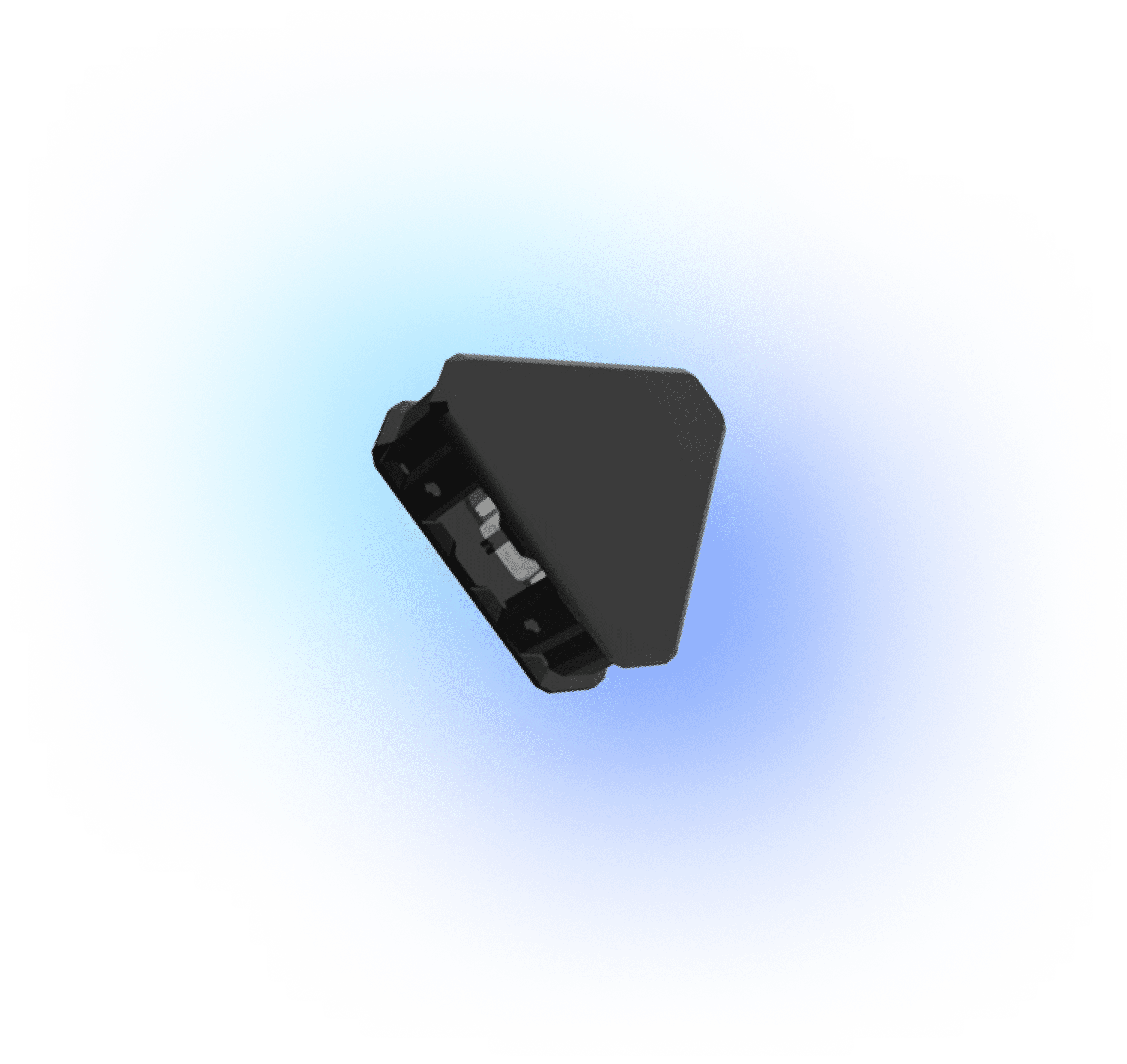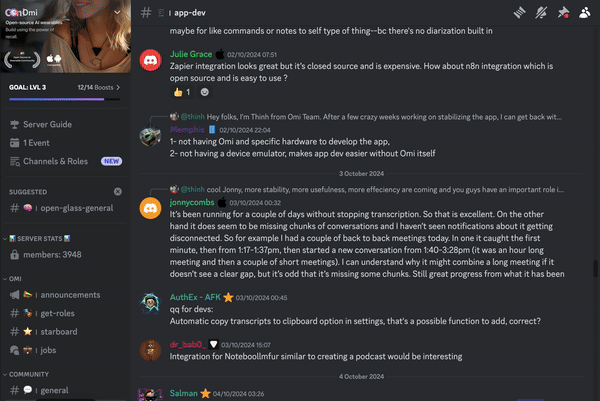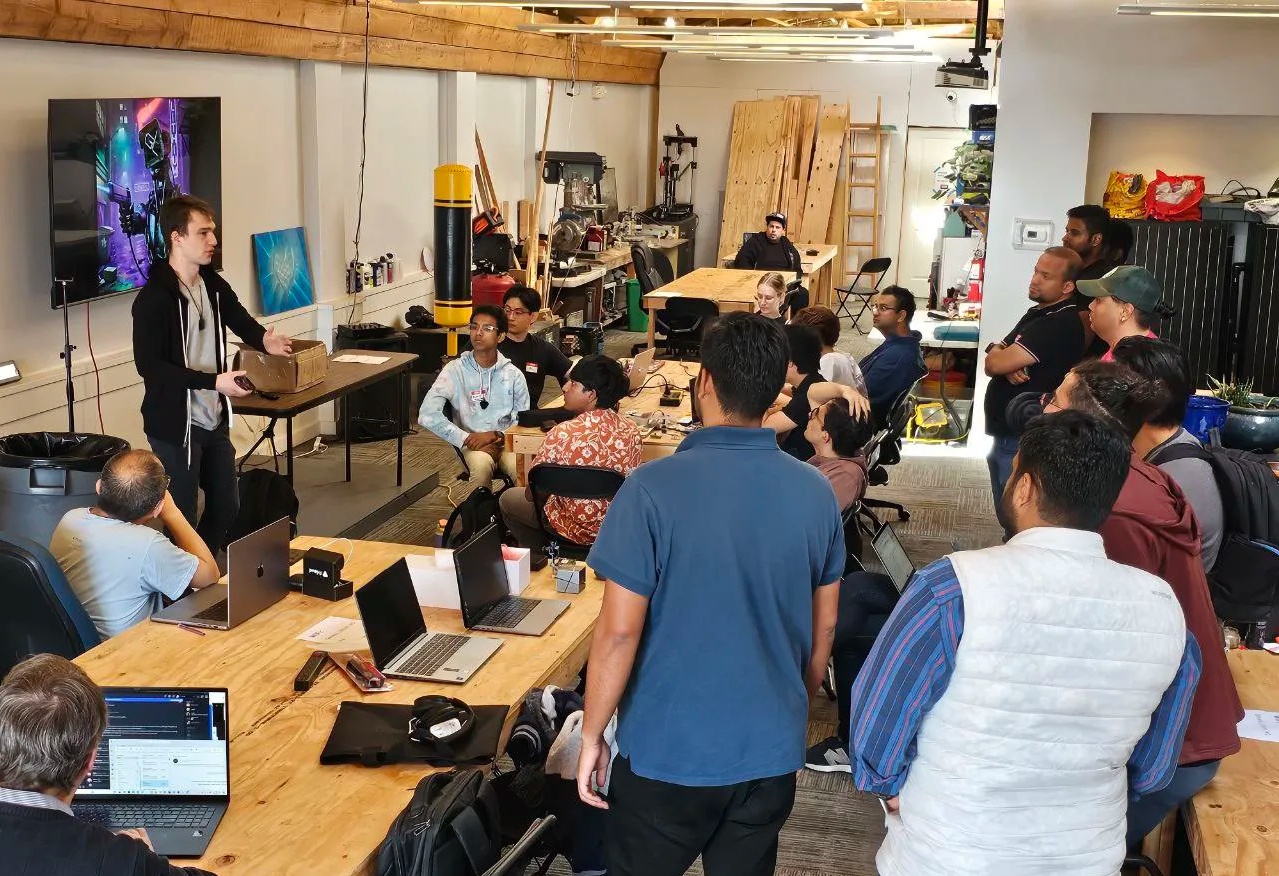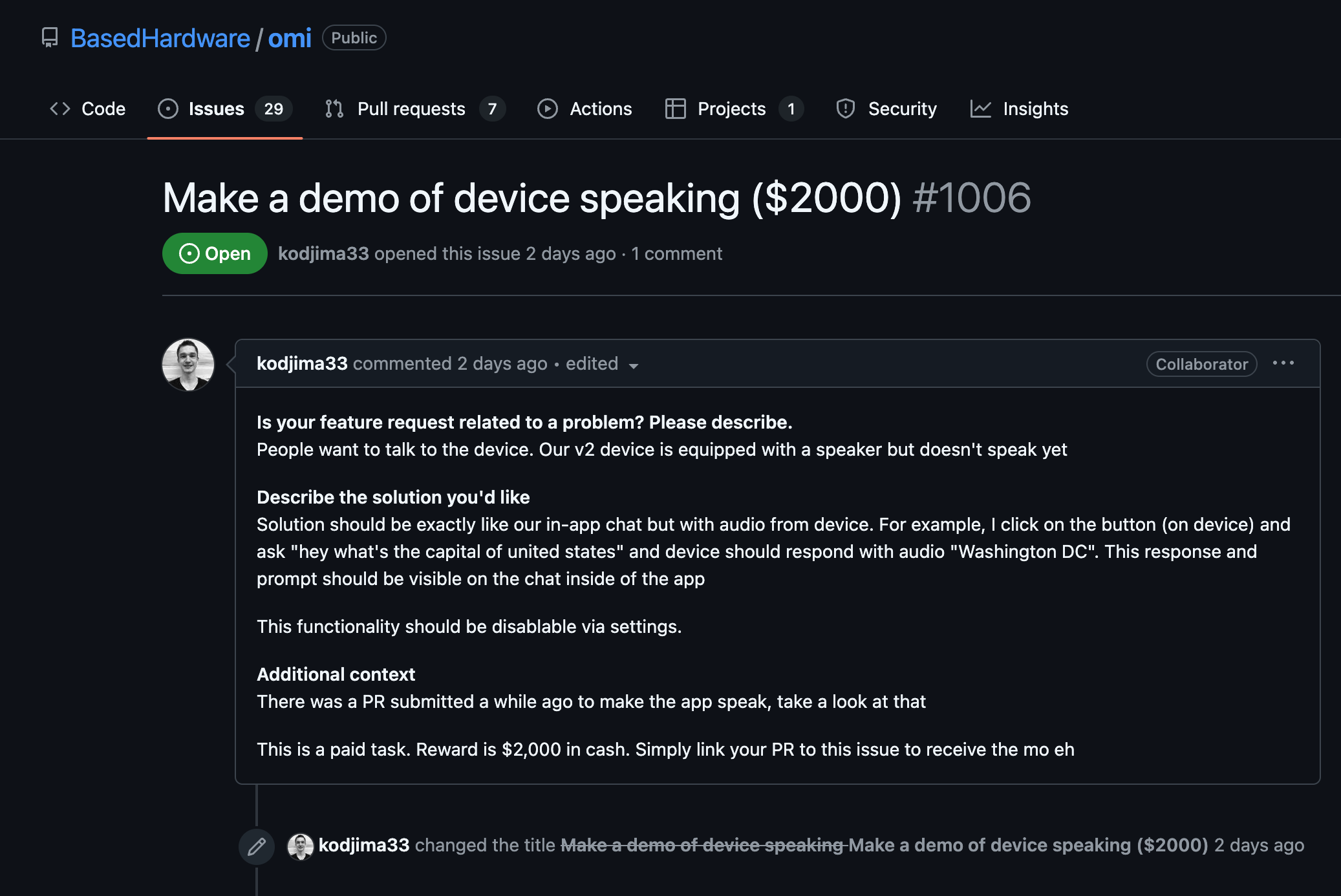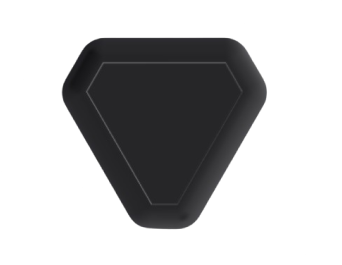Set Up Your Google Dialogflow Project
- Create or log in to your Google Cloud account at the Google Cloud Console.
- Navigate to the Dialogflow Console and either create a new agent or select an existing one.
- Enable the Dialogflow API by heading to the Google Cloud Console, then APIs & Services, and search for "Dialogflow" to enable it.
- Generate a service account key: In the Google Cloud Console, go to Manage Resources, locate your project, and then navigate to IAM & Admin > Service Accounts. Create a new service account with the role "Dialogflow API Admin" and download the JSON key file.
Install Kubernetes and Configure kubectl
- Install Kubernetes on your local machine or ensure you have access to a Kubernetes cluster. Minikube is a simple tool to run Kubernetes locally.
- Download and install kubectl, the Kubernetes command-line tool, from the Kubernetes website. Configure kubectl to interact with your Kubernetes cluster.
gcloud container clusters get-credentials [CLUSTER_NAME]
Create a Docker Container for Your Dialogflow Project
- Create a Dockerfile for your Dialogflow application. Here's a simple Node.js example that connects to Dialogflow:
FROM node:14
WORKDIR /app
COPY package*.json ./
RUN npm install
COPY . .
CMD ["node", "index.js"]
Build your Docker image:
docker build -t [YOUR_IMAGE_NAME]:latest .
Push your Docker image to a container registry (e.g., Docker Hub, Google Container Registry):
docker tag [YOUR_IMAGE_NAME]:latest [REGISTRY_URL]/[YOUR_IMAGE_NAME]:latest
docker push [REGISTRY_URL]/[YOUR_IMAGE_NAME]:latest
Deploy Dialogflow App to Kubernetes
- Create a Kubernetes deployment configuration file (e.g., deployment.yaml):
apiVersion: apps/v1
kind: Deployment
metadata:
name: dialogflow-deployment
spec:
replicas: 1
selector:
matchLabels:
app: dialogflow-app
template:
metadata:
labels:
app: dialogflow-app
spec:
containers:
- name: dialogflow-container
image: [REGISTRY_URL]/[YOUR_IMAGE_NAME]:latest
ports:
- containerPort: 8080
env:
- name: GOOGLE_APPLICATION_CREDENTIALS
value: "/secrets/credentials.json"
volumeMounts:
- name: dialogflow-secrets
mountPath: /secrets
readOnly: true
volumes:
- name: dialogflow-secrets
secret:
secretName: dialogflow-secret
Create a Kubernetes secret for your service account key:
kubectl create secret generic dialogflow-secret --from-file=key.json=[YOUR_KEY_FILE_PATH]
Deploy your application:
kubectl apply -f deployment.yaml
Expose the Application
- Create a Kubernetes Service to expose your application:
apiVersion: v1
kind: Service
metadata:
name: dialogflow-service
spec:
type: LoadBalancer
selector:
app: dialogflow-app
ports:
- protocol: TCP
port: 80
targetPort: 8080
Apply the service configuration:
kubectl apply -f service.yaml
Test the Deployment
- Retrieve the external IP address of your service:
kubectl get services
Access your Dialogflow service by navigating to the external IP address in your browser or using a command-line tool like curl. Ensure your application is correctly responding to Dialogflow webhook requests.
Monitor and Scale Your Application
- Monitor the logs and activity of your application using kubectl logs and kubectl get pods commands:
kubectl logs -f [POD_NAME]
kubectl get pods
Scale your deployment if necessary by adjusting the number of replicas in your deployment.yaml:
spec:
replicas: 3
Apply the updated deployment configuration:
kubectl apply -f deployment.yaml
This detailed guide should help you integrate Google Dialogflow with Kubernetes, enabling your application to leverage the powerful capabilities of Kubernetes for scalability, manageability, and more. Adjust the configuration as per your specific application needs.
